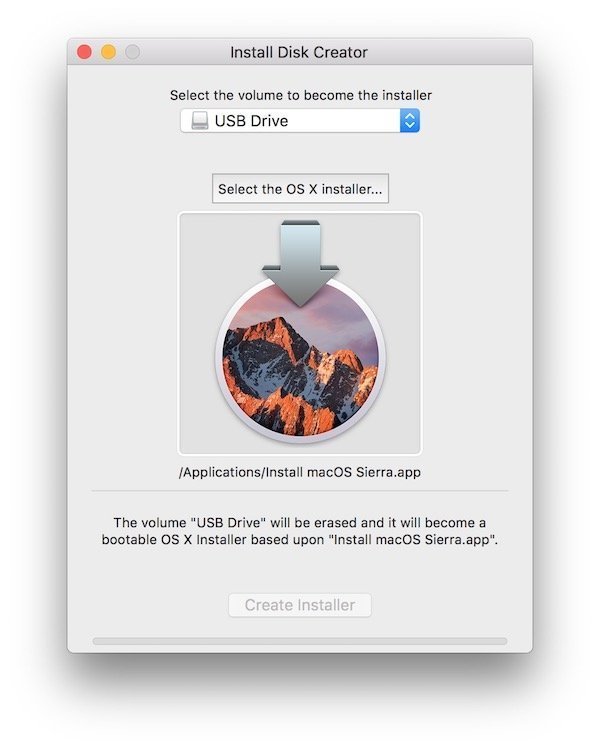

Here is a sample ks.cfg script: #Sample kickstart scripted installation Step 8 Create ks.cfg fileĬreate a Kickstart file named ks.cfg (Use notepad ++ for the file creation ) and place the file in the c:\PXEboot\Kickstart directory. If you want to install more VMware ESXi 5 servers you can add extra entries in the default file and point them to separate Kickstart file. – Add a shared folder c:\PXEboot\Kickstart folder with the default rightsĬreate a file named default (Use notepad ++ for the file creation) and save the file in the C:\PXEboot\pxelinux.cfg directory. – Create a user username: vmware password: vmware

– Install the FileZilla Server with the default settings Step 6 Install & configure FileZilla server – Restart and run the tftpd32.exe utility – Run Tftpd32.exe and make the following configuration settings:Įdit the ini file c:\program files\tftpd32\tftpd32.iniAdd the DHCP options The Tftpd32 utility gets the function DHCP and TFTP server. – Copy the pxelinux.0 and menu.c32 files to the C:\PXEboot directory. The Syslinux files allow the target ESXi server to boot the ESXi installer.

Mount the VMware ESXi 5 ISO and copy the content to the c:\PXEboot directory Step 4 Copy the Syslinux files – Disable the Windows firewall Step 2 Create directory structureĬreate the following directory structure in the root of the C: partition: C:\PXEbootĬ:\PXEboot\kickstart Step 3 Copy the content of the ESXi 5 ISO

– Make sure there is enough free disk space available (approximately 500 MB needed) In this example we use 192.168.1.1/24 IP address This procedure is tested with Microsoft Windows XP SP2. – Syslinux 3.86 (This is the Syslinux version VMware supports) The following software must be downloaded: Here is a procedure how-to create a scripted installation of VMware ESXi 5 using Microsoft Windows. The most information available on how-to perform a unattended scripted installation of VMware ESXi 5 is based on Linux.


 0 kommentar(er)
0 kommentar(er)
